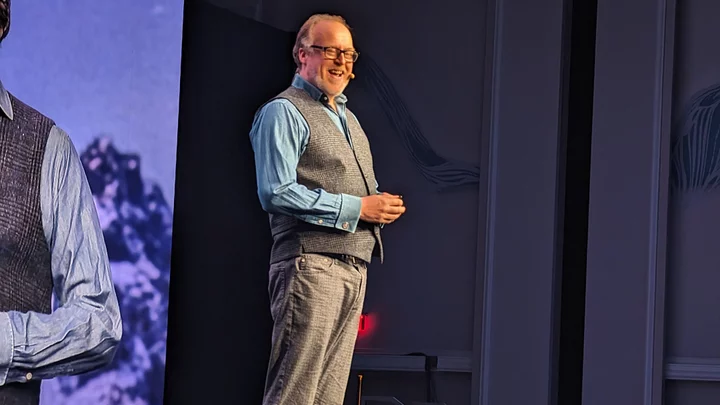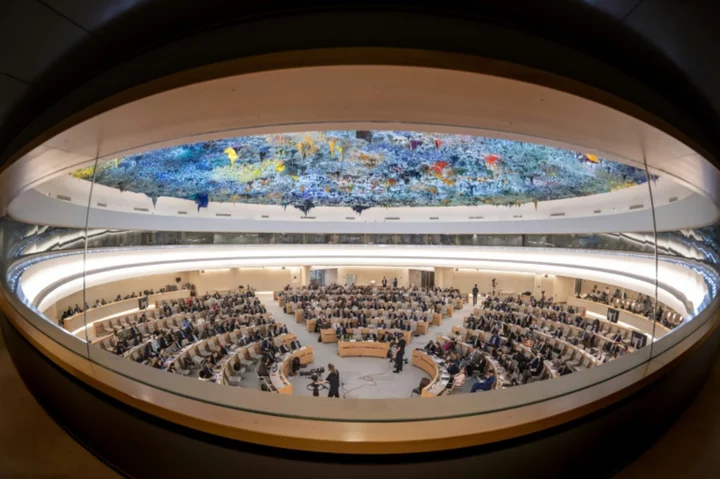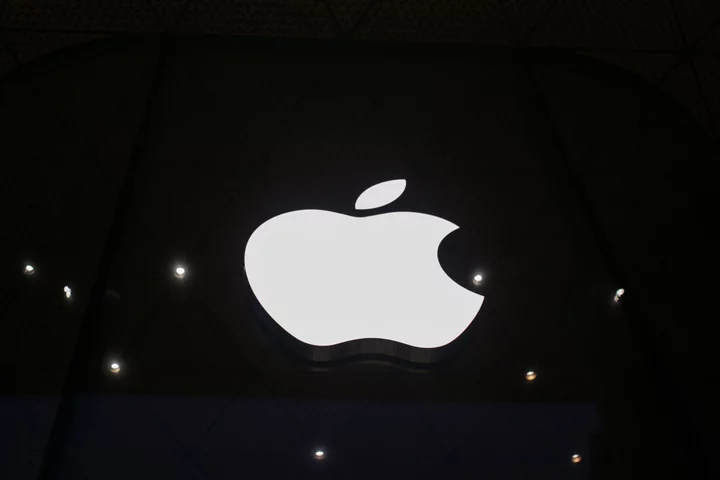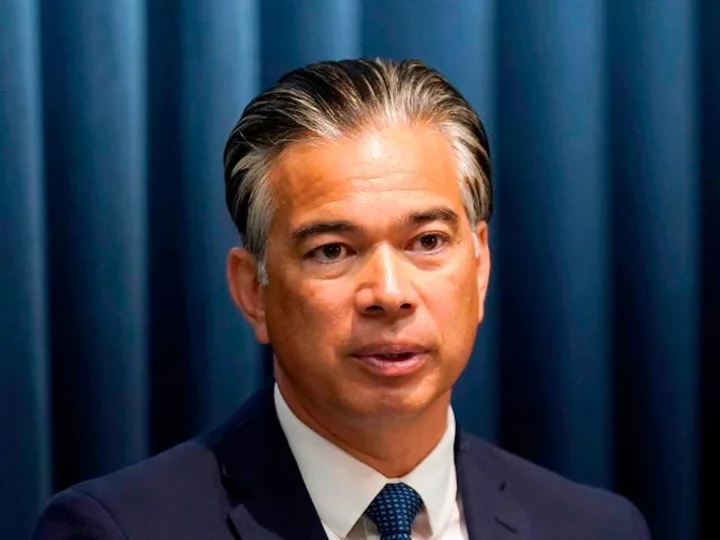Unsurprisingly, AI dominated Gartner's annual list of the top 10 strategic trends for the coming year. (Here's last year's list.) But I was interested in how Chris Howard, the firm's global chief of research, focused on how much is left to be done in AI and in other technologies.
Leaning on Gartner's Hype Cycle, Howard started by saying that we're at "the peak of inflated expectations" for AI and about to enter "the trough of disillusionment," where the work really needs to happen. He's seen a lot of talk about generative AI but not a lot of things put into practice yet. So this year's list of technology trends are focused on what people can use to implement the new technology.
According to Howard, it takes a while for technologies to mature. Trends the company highlighted in previous years—like cloud platforms, human augmentation, AI engineering, and adaptive AI—can be seen as stepping stones to democratized generative AI. "Everything is trending, everywhere, all at once," he said.
The top trends for 2024 fit into three big themes: Protect Your Investment, Rise of the Builders, and Deliver the Value.
Protect Your Investment
Continuous Threat Exposure Management (Credit: Michael J. Miller)AI Trust, Risk, and Security Management
Howard talked about how AI is now a partner, not just a tool, a theme highlighted in the earlier keynote. But it's also created a new attack surface, so you'll need AI Trust, Risk and Security, or what Gartner calls "AI TRiSM."
Until January 2023, "magic quadrant" was the most searched term on Gartner.com, but since then, ChatGPT gets four times the searches. Still, AI has been a theme for years. In 2022, 48% of CIOs said their organizations had already implemented AI models, and 73% were running more than 100 models. But 40% have already suffered from security or privacy issues, he said.
Continuous Threat Exposure Management
Howard talked about moving from vulnerability remediation to exposure prioritization and developing a full threat exposure management system. When CIOs and Chief Information Security Officers (CISOs) work together, he said, companies are three times less likely to suffer from a breach.
Use Sustainable Technology
Seventy-four percent of Gartner survey respondents said sustainability increases digital maturity, while 86% said sustainability helps resilience. Howard predicted that within two years, 75% of CIOs will be responsible for sustainable technology outcomes, including having it tied to their compensation. He said he's getting more calls about the environmental impacts of large language models, but also calls about the social impact of the people training these models.
Rise of the Builders
(Credit: Michael J. Miller)Developer-Driven Self-Service
Howard is bullish about platform engineering, and in particular using it to combine functionality in standard ways to provide new services and let others inside the organization use the components to create new things. This can enhance productivity and user experience while reducing complexity and cognitive load, and he urged companies to establish dedicated platform teams and to focus on reusable, composable, and configurable application components. (Note this was a big focus a few years ago.)
AI-Augmented Development
Gartner is closely watching the reported productivity gains from generative AI. Howard says this won't reduce the number of developers but will let them switch to more important tasks, which can accelerate creation of applications. This will also help organizations retain talent. He talked about things like translating COBOL to Python, but he's not sure whether it will apply to architecture. He also talked about how generative AI can support multiple stages of development, from project planning to managing "what if" scenarios.
Industry Cloud Platforms
Again, Howard focused on "composable products" enabled by the combination of software, platform, and infrastructure—which he said will be more adaptable, support faster innovation, reduce redundancy, and capture value. Howard noted that there are more than 270 Industry Cloud Platforms, serving two dozen industry groups. It won't replace your existing infrastructure, it will just extend it.
Deliver The Value
Intelligent Applications
There are many AI features being built into the tools you already have, designed to optimize decision making, such as Salesforce with Einstein LLM. Howard cautioned that vendors all want you to use their tools for everything and warned against getting locked into one platform. The future may result in "autonomous self-prompting agents" to make it easier to do hard things.
Democratized Generative AI
Howard noted that software can now generate voices, code, text, graphics, video, and more. Multi-modal models are important because the most important advances will come from things other than text. "If all this is is a fancy search, that's not that interesting," he said.
He's very bullish about the potential for generative AI for things like improved product development to yield cost savings, enhanced customer experiences, and improved productivity. But he said it's important to optimize the use of generative AI. By 2030, every dollar of IT spend will have an AI component, and this trough of disillusionment is "where the work begins."
Augmented Connected Workforce
He talked about using these trends to create a "digital employee experience" (DEX) by combining all sorts of information with real-time data or things like mixed reality to help people do their jobs. This improves service levels, output quality, and response times, as well as the overall experience and worker retention.
Machine Customers
Howard argued that new platforms should be designed to service machine customers—who don't have emotions but have specific requirements on things like pricing. And he said that When thinking about game-changing AI, executives should consider building their own machine customers.
Howard closed by again noting that now is the time for organizations to figure out how they will actually use the new AI technologies, and concluded by saying: "Let's get to work."









